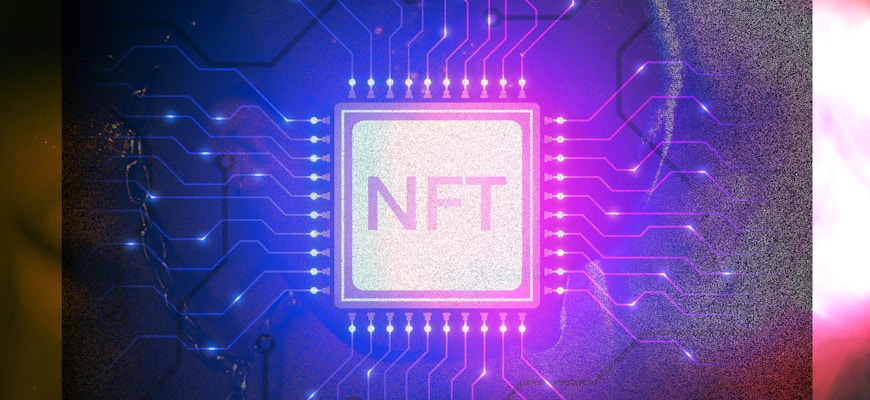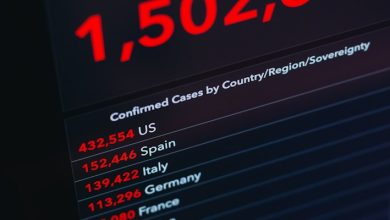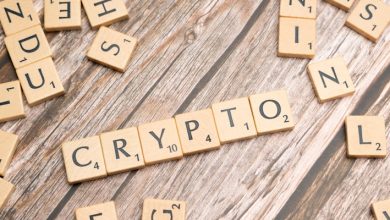The Role of NFTs in the Broader Crypto Market Ecosystem

- Understanding the fundamentals of NFTs
- Exploring the intersection of NFTs and traditional cryptocurrencies
- The impact of NFTs on digital ownership and intellectual property rights
- The role of NFTs in decentralizing the art market
- Challenges and opportunities for NFTs within the broader crypto market ecosystem
- Emerging trends and future outlook for NFTs in the crypto space
Understanding the fundamentals of NFTs
NFTs, or non-fungible tokens, have been gaining significant traction in the broader crypto market ecosystem. These digital assets represent ownership or proof of authenticity of a unique item or piece of content, such as artwork, collectibles, or virtual real estate. Understanding the fundamentals of NFTs is essential for anyone looking to participate in this emerging market.
One key aspect of NFTs is their indivisibility and uniqueness. Unlike cryptocurrencies like Bitcoin or Ethereum, which are fungible and interchangeable, each NFT is distinct and cannot be replicated. This scarcity adds value to NFTs and makes them desirable to collectors and investors alike.
Another important feature of NFTs is their immutability. Once a digital asset is minted as an NFT and recorded on a blockchain, its ownership and provenance are securely stored and cannot be altered. This transparency and traceability provide assurance to buyers that they are acquiring an authentic and original item.
The process of creating, buying, and selling NFTs typically involves using a cryptocurrency wallet and interacting with an NFT marketplace. These platforms allow creators to mint new NFTs, buyers to purchase them using cryptocurrency, and sellers to list their NFTs for sale. Smart contracts, which are self-executing contracts with the terms of the agreement directly written into code, facilitate these transactions and ensure that ownership rights are transferred securely.
Overall, NFTs are revolutionizing the way we perceive and exchange digital assets. By understanding the fundamentals of NFTs, individuals can take advantage of this innovative technology and participate in this exciting new market with confidence.
Exploring the intersection of NFTs and traditional cryptocurrencies
As the popularity of non-fungible tokens (NFTs) continues to rise, there is a growing interest in exploring the intersection of NFTs and traditional cryptocurrencies. NFTs are unique digital assets that are indivisible and cannot be replicated, making them a valuable addition to the broader crypto market ecosystem.
One way in which NFTs are intersecting with traditional cryptocurrencies is through the use of blockchain technology. Both NFTs and traditional cryptocurrencies rely on blockchain technology to provide security, transparency, and immutability to transactions. This shared foundation allows for seamless integration between the two asset classes.
Another key area of intersection between NFTs and traditional cryptocurrencies is in the realm of decentralized finance (DeFi). NFTs have the potential to unlock new opportunities within the DeFi space, such as collateralizing NFTs for loans or using NFTs as liquidity in decentralized exchanges.
Furthermore, the rise of NFT marketplaces that accept traditional cryptocurrencies as payment is blurring the lines between these two asset classes. This integration allows for greater accessibility and liquidity for NFTs, as investors can use their existing cryptocurrency holdings to purchase NFTs.
Overall, the intersection of NFTs and traditional cryptocurrencies is creating exciting new possibilities within the broader crypto market ecosystem. As these two asset classes continue to evolve and integrate, we can expect to see even more innovation and growth in the future.
The impact of NFTs on digital ownership and intellectual property rights
NFTs have had a significant impact on digital ownership and intellectual property rights within the broader crypto market ecosystem. These unique tokens have revolutionized the way in which digital assets are bought, sold, and traded online. By utilizing blockchain technology, NFTs provide a secure and transparent way for creators to prove ownership of their digital content.
One of the key benefits of NFTs is that they allow creators to tokenize their work, thereby creating a digital certificate of ownership that is verifiable on the blockchain. This has led to a newfound sense of value and scarcity for digital assets, as each NFT is one-of-a-kind and cannot be replicated. As a result, artists, musicians, and other creators are able to monetize their work in ways that were previously not possible.
Furthermore, NFTs have also had a profound impact on intellectual property rights. By tokenizing digital assets, creators are able to retain more control over how their work is used and distributed. This has led to a shift in power dynamics within the creative industry, as artists now have the ability to set terms and conditions for the use of their digital content.
Overall, the rise of NFTs has sparked a new era of digital ownership and intellectual property rights. As more creators and collectors embrace this technology, the way in which we buy, sell, and trade digital assets will continue to evolve. NFTs have the potential to revolutionize the creative industry and empower creators in ways that were previously unimaginable.
The role of NFTs in decentralizing the art market
The rise of NFTs has had a significant impact on the art market, revolutionizing the way artists create, sell, and collect digital art. Non-fungible tokens have provided a way for artists to tokenize their work, making it unique and easily tradable on blockchain platforms. This has enabled artists to bypass traditional art galleries and auction houses, decentralizing the art market and giving artists more control over their work and earnings.
NFTs have opened up new opportunities for artists to reach a global audience and connect directly with collectors. By using blockchain technology, artists can authenticate their work, prove ownership, and ensure that their art is not plagiarized. This level of transparency and security has helped to build trust in the digital art market, attracting more investors and collectors to the space.
Furthermore, NFTs have made art more accessible to a wider range of people by allowing for fractional ownership. This means that individuals can buy small shares of a piece of art, making it possible for art enthusiasts with smaller budgets to invest in high-value artworks. This democratization of art ownership has the potential to disrupt the traditional art market, giving more power to artists and collectors alike.
Overall, NFTs are playing a crucial role in decentralizing the art market and reshaping the way art is created, bought, and sold. As the technology continues to evolve, we can expect to see even more innovation in the art world, with NFTs leading the way towards a more inclusive and transparent art market.
Challenges and opportunities for NFTs within the broader crypto market ecosystem
Challenges and opportunities exist for NFTs within the broader crypto market ecosystem. NFTs have gained significant attention and popularity in recent years, presenting new possibilities for digital ownership and unique assets. However, they also face hurdles that must be addressed for widespread adoption and integration.
- Challenges:
- 1. Scalability: NFTs currently face scalability issues, with high gas fees on the Ethereum network limiting accessibility and usability.
- 2. Interoperability: Lack of interoperability between different blockchain networks can hinder the seamless transfer and trading of NFTs across platforms.
- 3. Regulatory Uncertainty: The regulatory environment surrounding NFTs is still evolving, creating uncertainty for investors and creators alike.
- Opportunities:
- 1. Innovation: NFTs offer a new frontier for innovation in digital ownership, enabling creators to monetize their work in novel ways.
- 2. Market Expansion: NFTs have the potential to expand the crypto market ecosystem by attracting new users and investors.
- 3. Cultural Impact: NFTs can have a significant cultural impact by revolutionizing how we perceive and interact with digital assets.
Overall, the challenges and opportunities for NFTs within the broader crypto market ecosystem highlight the need for continued development and collaboration to unlock the full potential of this groundbreaking technology.
Emerging trends and future outlook for NFTs in the crypto space
The emerging trends and future outlook for NFTs in the crypto space are showing promising signs of growth and innovation. As non-fungible tokens continue to gain traction in the broader crypto market ecosystem, we can expect to see a surge in creative use cases and applications.
One of the key trends to watch out for is the integration of NFTs in various industries beyond art and collectibles. We are already witnessing NFTs being used in music, gaming, real estate, and even sports. This diversification of use cases will contribute to the mainstream adoption of NFTs and further drive their value.
Another trend that is shaping the future of NFTs is the development of more eco-friendly solutions. With growing concerns about the environmental impact of blockchain technology, there is a push towards sustainable practices in NFT creation and trading. This shift towards sustainability will likely attract a wider audience to the NFT space.
Looking ahead, the future outlook for NFTs appears to be bright. As blockchain technology continues to evolve and become more accessible, we can anticipate a democratization of digital ownership through NFTs. This democratization will empower creators and consumers alike, fostering a more decentralized and inclusive economy.



